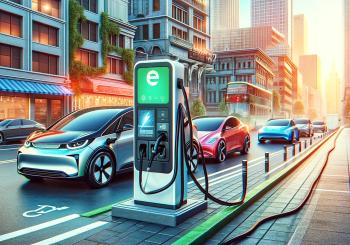This in turn will lead to a higher number of private charging points, specifically in the residential sector, according to “EMEA Market Outlook - Electric Vehicles and Charging Infrastructure 2020-2030" a new report from Research and Markets.
To meet country-level electrification targets in the region, many Charging Point Operators (CPOs) and businesses are shifting their focus on installing charging points across major roads, highways and destination locations. Chargers installed in these locations will mostly include DC charging.
The report sees significant growth in the DC 0-30kW category with a CAGR of 102% from 2020 -2030. Most of these chargers will be deployed in workplaces, depots, and multi-family homes. This increase is largely due to the up-and-coming V2G technology which is highly likely to gain some market share in the future.
AC chargers, with capacity less than 11 kW, will eventually lose market share in the public charging landscape, except in a few countries like the UK, where on-street charging is very much in focus.
Public charging infrastructure in most countries is shifting from low power 50kW DC to higher capacities of DC, whereas for private charging, most governments such as Germany are incentivizing the installation of AC charging points with capacity 11 kW or more.





Follow Us On Social Media